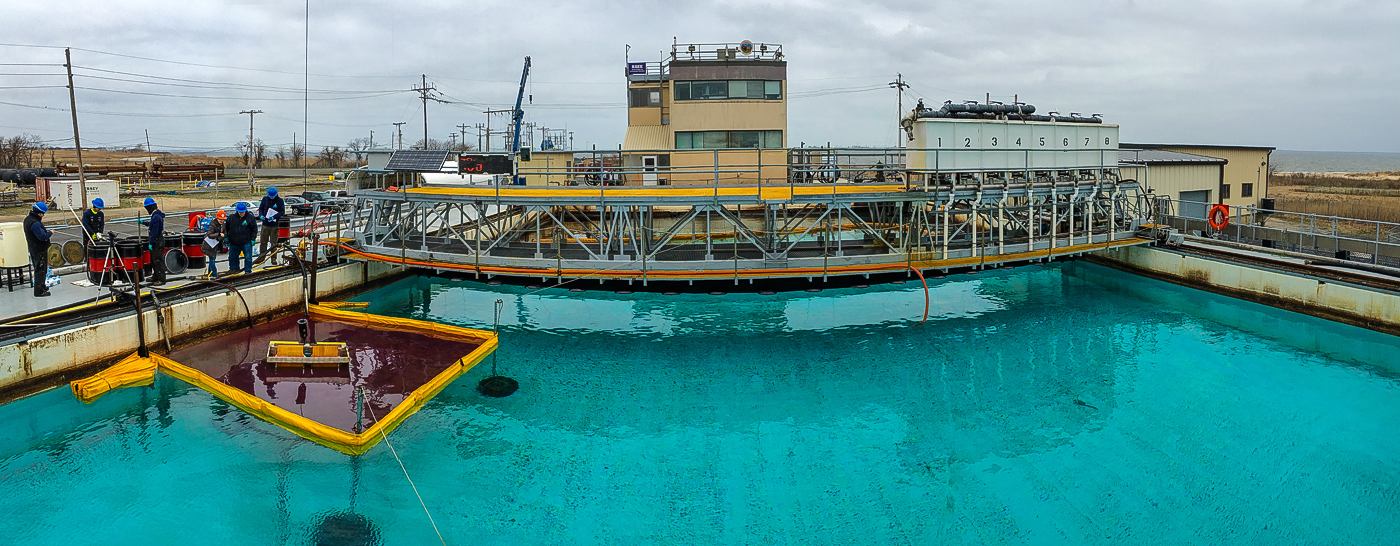Oil Spill Preparedness Division

The Bureau of Safety and Environmental Enforcement (BSEE) oversees oil spill planning and preparedness for oil and gas exploration, development, and production facilities in both state and Federal offshore waters of the U.S. This authority is granted through the Oil Pollution Act of 1990 (OPA 90), subsequent Executive Orders, and the Outer Continental Shelf Lands Act (OCSLA). All functions related to BSEE authorities in oil spill planning and preparedness are administered by the Oil Spill Preparedness Division (OSPD), which is headquartered in Sterling, Virginia, with offices in Anchorage, Alaska; Camarillo, California; and New Orleans, Louisiana.
OSPD primary functions include:
- Reviewing and approving oil spill response plans
- Executing government initiated unannounced exercises
- Inspecting oil spill response equipment and resources
- Auditing responder and management team training and exercises
- Providing subject matter expertise during responses to offshore oil spills
- Conducting, funding, and disseminating oil spill response research
- Managing Ohmsett – the National Oil Spill Response Research Test Facility
- Supporting the National Response Team, Regional Response Team, Area Committees, and the Interagency Coordinating Committee on Oil Pollution Research.
Announcements and Upcoming Events
| During the recent United States Chairmanship of the Arctic Council, BSEE funded and supported two important oil spill preparedness projects. The first project that is now available is the Circumpolar Oil Spill Response Viability Analysis Technical Report. The second project that is now available is the Arctic Spill Response Database with an accompanying User Guide. |
| BSEE and the U.S. Coast Guard signed Memorandum of Agreement MOA OCS-03, Oil Discharge Planning, Preparedness, and Response on January 18, 2017. |
| The BSEE-sponsored study on Worst Case Discharge Scenarios for Oil and Gas Offshore Facilities and Oil Spill Response Equipment Capabilities is now available for viewing and download. |
| Response System Planning Calculators are now available to help estimate the capacity of mechanical recovery, in situ burning, and surface applied dispersant systems. |
| The 2016 Update of Occurrence Rates for Offshore Oil Spills (July 13, 2016) is now available. |
OSPD funds and conducts oil spill response research and manages the Ohmsett test facility where full-scale oil spill response testing, training, and research can take place with oil in a realistic, simulated marine environment. Reports detailing research on chemical treating agents, in situ burning of oil, behavior of oil, decision-making support tools, mechanical recovery, remote sensing, and Arctic oil spill response are located on the Oil Spill Response Research page.
Important Tools
|
Response System Planning Calculators New tools available to help calculate the capacity of mechanical recovery, in situ burning, and surface-applied dispersant systems. 2016.1 Preparedness for Response Exercise Program (PREP) Guidelines were updated and published in the Federal Register (10/2/2018) |
Oil spill response equipment testing at the Ohmsett test facility to determine the oil recovery rate of a drum skimmer.

